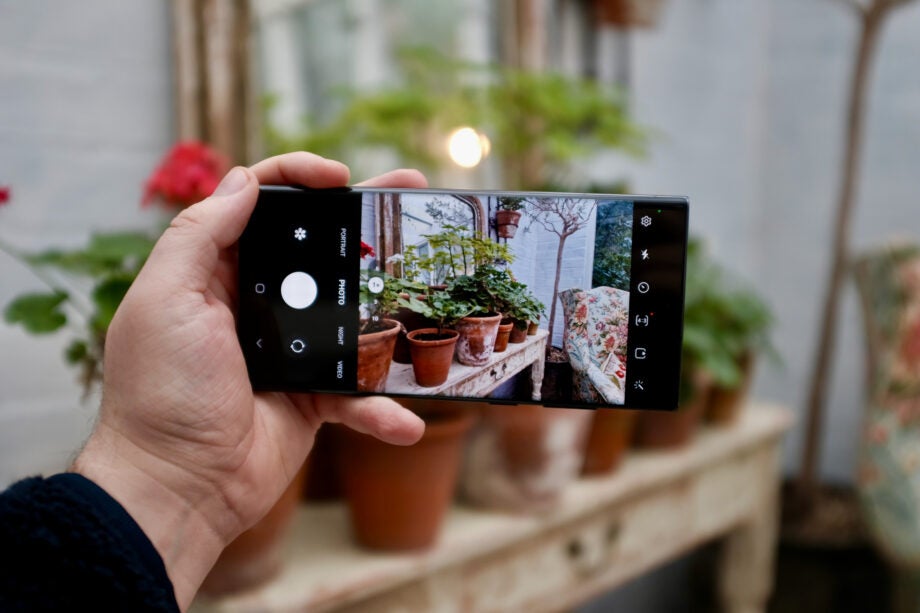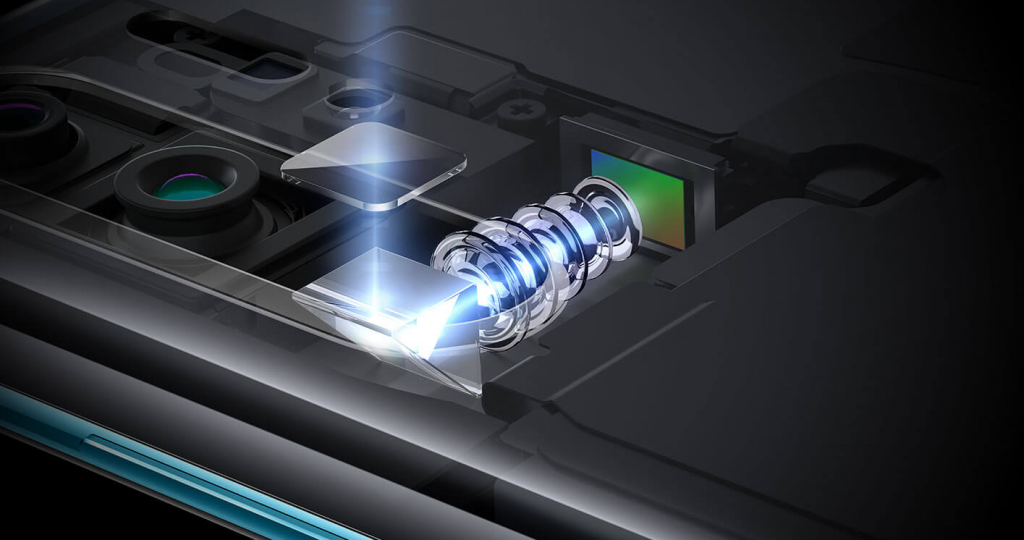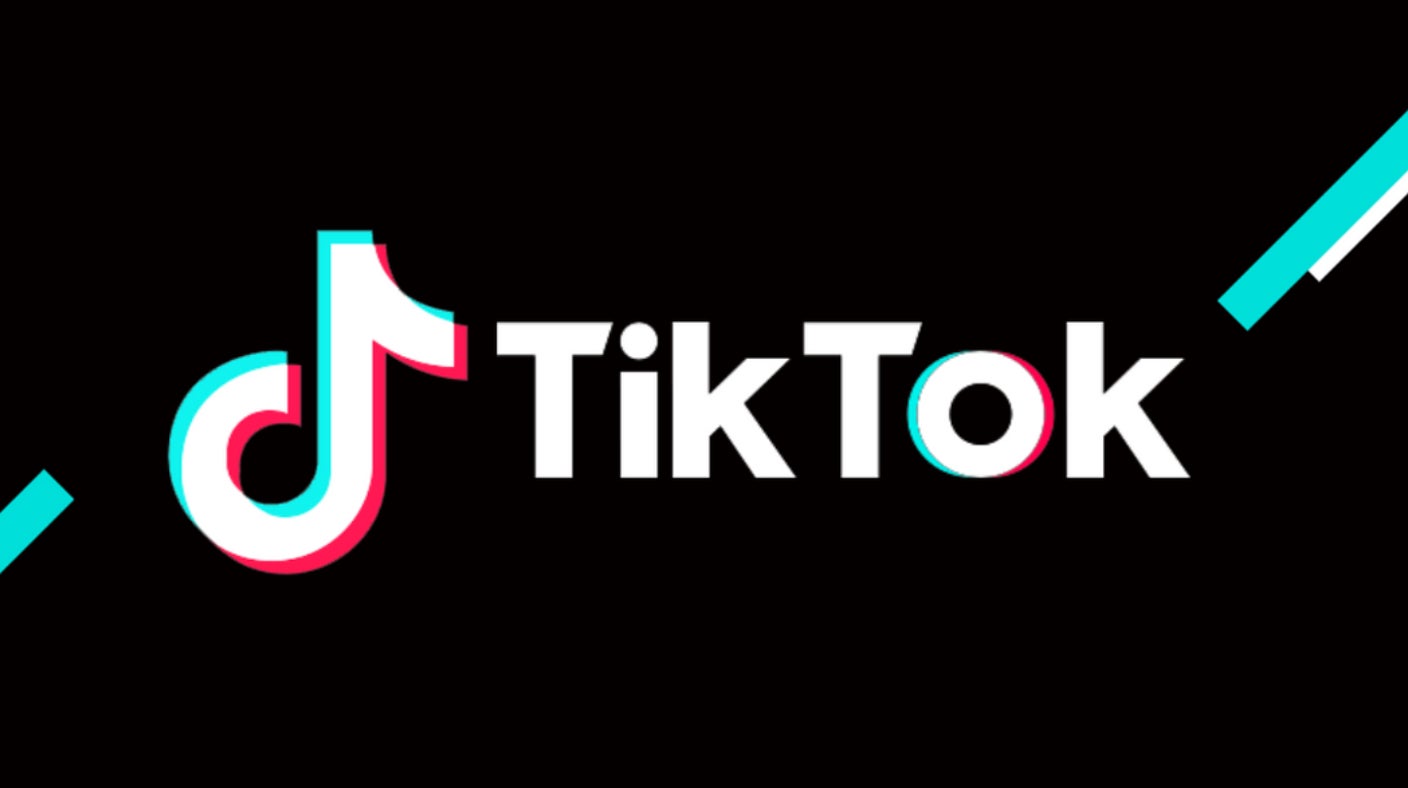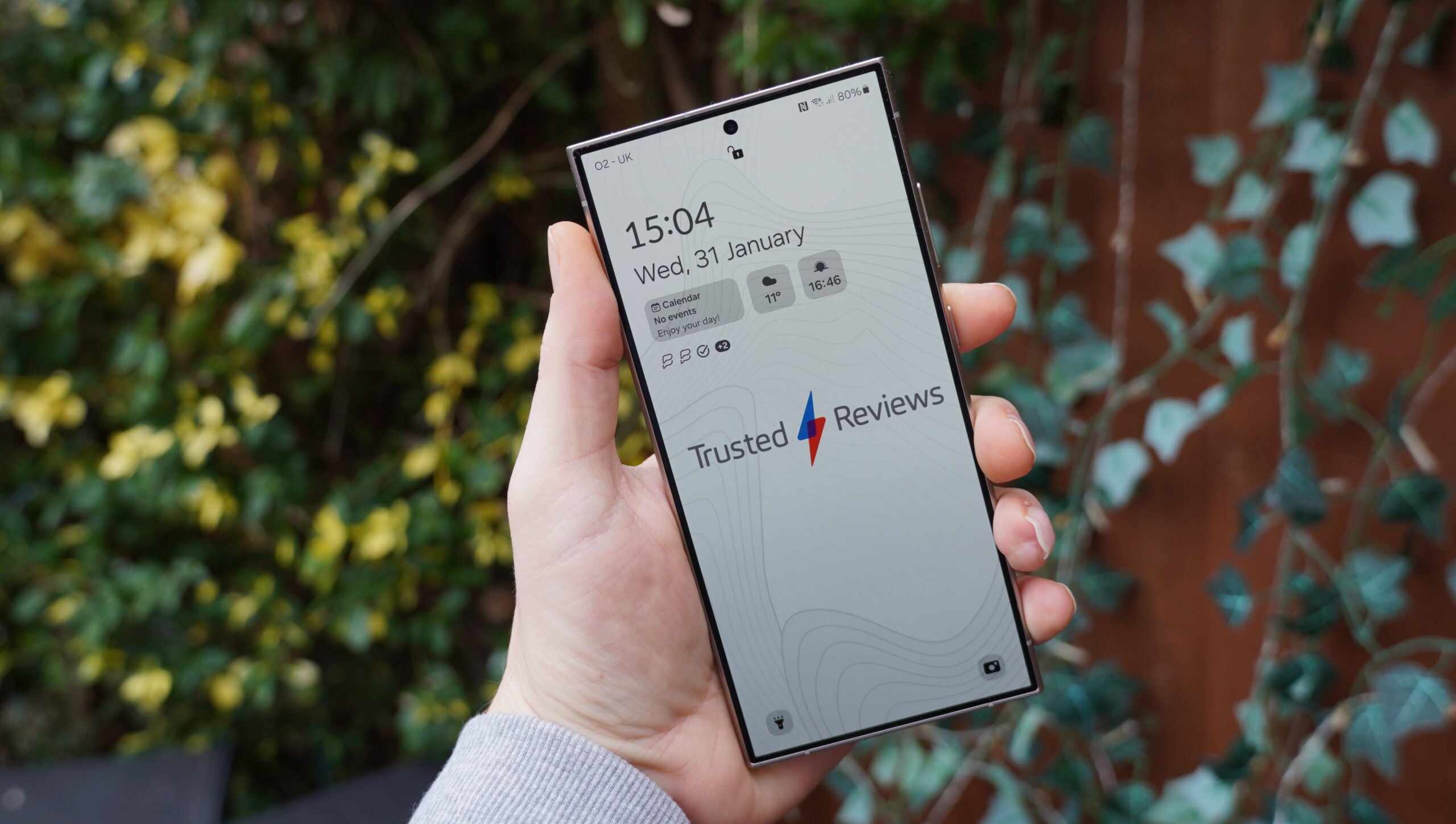What is a telephoto zoom on a phone? Everything worth knowing

Whether you’re reading the latest smartphone review or weighing up your next upgrade, you’ll inevitably encounter the term ‘telephoto zoom’.
So what exactly is telephoto zoom? How does it relate to smartphones? Should you even care about it? And what’s the best telephoto zoom camera to be found on a smartphone right now?
Let’s take a closer look at these questions and more.
What is telephoto zoom?
Telephoto zoom is a term that relates to cameras in general, but which most people will encounter in relation to their smartphone.
Most modern smartphones will have multiple cameras on their rear surface. There are three main camera types. The most common two are the wide camera, which takes your regular snap and does most of the heavy lifting, and the ultra-wide, which handles those zoomed-out landscape shots.
The final and less common camera type is the telephoto, which uses powerful lens configurations to zoom in on a subject by a factor of 2x and upwards.
In photography parlance, the stronger the telephoto zoom, the longer the focal length (measured in millimetres).
How do I access telephoto zoom?
You can access your phone’s telephoto zoom through the preinstalled camera app. Look for a button or dial that says 2x, 3x, or some other multiple.
When pressed, the viewfinder should hone in on the subject. Press the shutter button, and you’ll take a shot using that telephoto zoom camera.

Optical zoom vs digital zoom
While it’s easy to take zoomed shots on your phone, that doesn’t mean you necessarily have access to a telephoto zoom function. Most cheaper phones, and even some more expensive phones like the iPhone 13, don’t have a telephoto zoom facility.
Rather, such phones crop in on an image taken by the wide sensor. This might look normal on the phone’s viewfinder, and the resulting shots will likely be suitable for social media sharing. However, they will generally feature less detail and sharpness than if a dedicated telephoto zoom lens was used.
You’ll often find this fundamental difference in approach presented as optical zoom and digital zoom. Optical zoom is preferable, as it uses physical lenses to zoom in on the subject. Digital zoom takes a portion of a shot taken by the main camera and uses image processing to artificially sharpen it up.
Most high-end smartphone cameras will offer the ability to combine optical and digital zoom techniques to produce an enhanced hybrid zoom of 10x, 30x, or even 100x.
What is a periscope lens?
Another term you might see associated with the subject of telephoto zoom in smartphones is the periscope lens. This relates to a telephoto camera that positions an array of lenses at a 90-degree angle to the rest of the camera components.
This serves to make space in skinny smartphone form factors for a more pronounced optical zoom effect of 5x or 10x.

After an initial flurry of phones with periscope lenses, few manufacturers have chosen to implement them in 2022 so far. The greater cost and space requirements are likely to blame here, not to mention the fact that most phone users simply don’t feel the need to zoom in that far.
What devices offer the best telephoto zoom?
The best smartphone currently on the market for telephoto zoom is the Samsung Galaxy S22 Ultra. Unusually, it features two dedicated 10-megapixel telephoto cameras, one offering a 3x optical zoom and the other offering a 10x optical zoom.
Using a hybrid zoom technique, as outlined above, it can provide zoomed shots of up to 100x. Admittedly, these don’t look great. But 30x looks perfectly respectable, and 10x shots look great.
Other notable mentions are the Vivo X70 Pro with its 5x periscope lens, and the Huawei P50 Pro with its 3.5x periscope lens.








